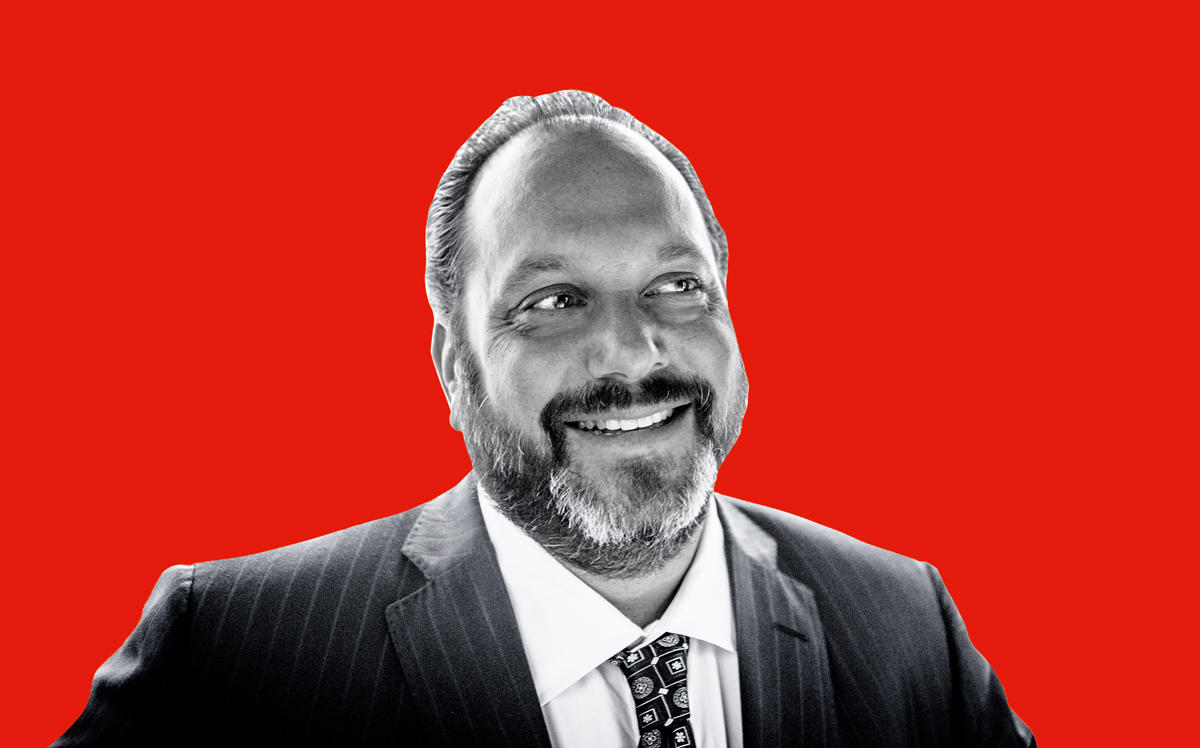 Kelly Mack on the new development boom of the 2010s
Kelly Mack on the new development boom of the 2010s
Trending
Andrew Heiberger on the future role of a resi brokerage
Amid rampant consolidation in the industry, Heiberger offers advice on shifting strategies

As residential prices skyrocketed over the past decade, brokerages took off the gloves to win new business. And in New York, heightened competition paved the way for consolidation.
Many of the city’s independent firms like Stribling & Associates, Mercedes/Berk and Aptsandlofts were sold off or they merged with bigger players. Meanwhile, new entrants like Keller Williams and Compass — the SoftBank-backed firm with 12,000 agents nationwide — upended the status quo.
Such upheaval has resulted in empowered agents who command higher splits, said Andrew Heiberger. And he would know. Heiberger sold the brokerage he founded, Citi Habitats, to Realogy in 2004 and in 2018, he closed Town Residential amid competitive pressures that he said made the business unsustainable. In hindsight, he says he should have gone after VC capital from Day 1. “I was thinking too small,” he added with a laugh.
Below Heiberger reviews some of the biggest lessons learned in New York City’s residential real estate market over the past 10 years.
What is the biggest change you’ve seen in the brokerage business in the past decade?
The top producing agents — or the top 10 to 20 percent of any firm — have gained the upper hand over the big broker house brands. From the early 2000s up until 2010, the large brokerage firms had leverage over the real estate agents. They were able to keep the commission splits much lower, because they controlled so much market share, and the brokerage firm’s brand was much more valuable. Since then, many companies — including my own at Town Residential — placed a heavy emphasis on elevating the agent, which included spending exponential amounts more money on their marketing, advertising and branding (which was enabled and supported by social media and technology.) So there’s been a shift. And it made sense to pay the talented brokers much higher splits.
And brokerage firms became weaker?
It’s placed more stress on the profits and the margins of the brokerage firms. If the commission splits are higher, that means there’s less revenue coming into the brokerage firm. The only way that the brokerage firm can make up for those revenues would be by adding to their volume, which means capturing more market share and becoming bigger in volume, effectiveness, efficiency and market share. And that’s not so easy. That’s very costly and there’s new, formidable competitors that have entered the market, putting further pressure on competition for these top producing agents.
Where’s most of the competition from? Companies like Compass or aggregators who draw consumers to their sites?
StreetEasy has been the single-biggest disruptor in the market, and that’s forced brokerage firms and real estate agents to adapt and expand their services because the market is so much more transparent. From 2000 to 2010, agents were selling access to information. Now the information is readily available, so you have to re-explain and redefine your value in the transaction in order to earn your commission.
Real estate players reflect on the 2010s
 Kelly Mack on the new development boom of the 2010s
Kelly Mack on the new development boom of the 2010s
When was the moment that things started to change in your opinion?
With the opening of Town in 2010, our business plan was to place the emphasis on the agent. We created much more competition to keep the broker. It’s not that Town offered higher splits to [get an agent to] jump. It was that Town offered a multitude of enhanced services and features that became attractive for people who wanted to work there. The firms that didn’t have that multitude of services didn’t want to lose their agent, so they paid 5 percent or 10 percent commission split more to stay. Then Compass — which got heavily funded in the name of technology, with all that money, they were able to really disrupt and not worry about profits — offering incentives, signing bonuses and unsustainable commission splits.
Do you have any regrets for the role you played in disrupting the norm?
I don’t like the word disrupt, so much as elevate. I think we elevated the entire luxury business and I don’t regret doing that at all. We did an extraordinary amount of transactions — 23,000 in sales and rentals, plus $14 billion in sales volume. That’s a pretty impressive run. But I was not capitalized to compete with companies that are raising $1.2 billion. We were not capitalized to compete with Realogy or Vector Group. So I don’t think I created something that consumed me. I don’t think I created something that then in turn backfired. We were never capitalized — or even aware that there was $300 to $400 million of capital to build a real estate brand. I guess in hindsight, maybe I was thinking too small. [Laughs] I was maybe thinking about creating something that would be worth $100 to $150 million, not a business that would raise $1.2 billion at a market value of $6.4 billion.
If you were starting a brokerage today, what would be different?
The simple answer is, I really wouldn’t start another brokerage. As a brokerage owner, if you want to make a profit, you need to give flexibility to your agents to be able charge whatever commission percentage they feel is appropriate based on the deal size. Therefore, I think you’d need to do some sort of model where agents keep a large percentage of the commission for deals and transactions they procure on their own. The brokerage itself should invest in generating clients or customers for the brokers, but offer agents a much lower commission split on those. Maybe like 50-50 if the company gives you the lead.
Is there any future at all for brokerage offices, now that everything is mobile?
Yes, I do think that there’s still the need for office space. Whether or not it makes sense to be on the ground level or upstairs depends on the area where you want to focus. Retail can serve some value, but unfortunately because the margins are so small, you need to have hundreds of people working out of one location to really make a profit unless your going to offer very few services and set up the storefront or the office itself like an executive lounge — something along the lines of a Core Club with 500 members where they can go there and host meetings. Then again, there are also some areas where there are no offices — like the Upper West Side. If you want to be in those neighborhoods, you have to open a retail storefront.




